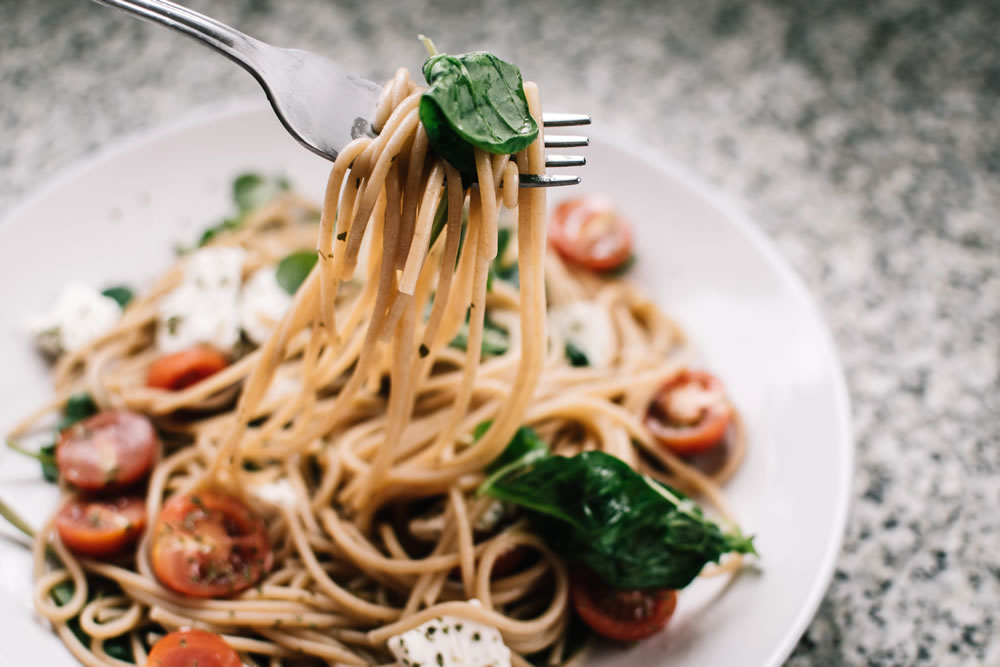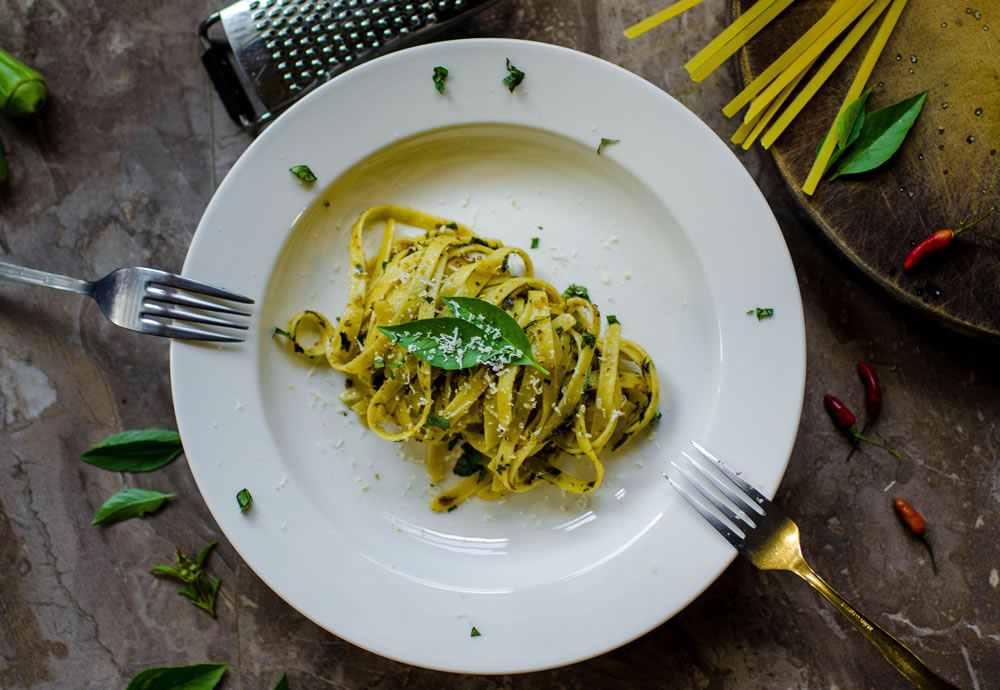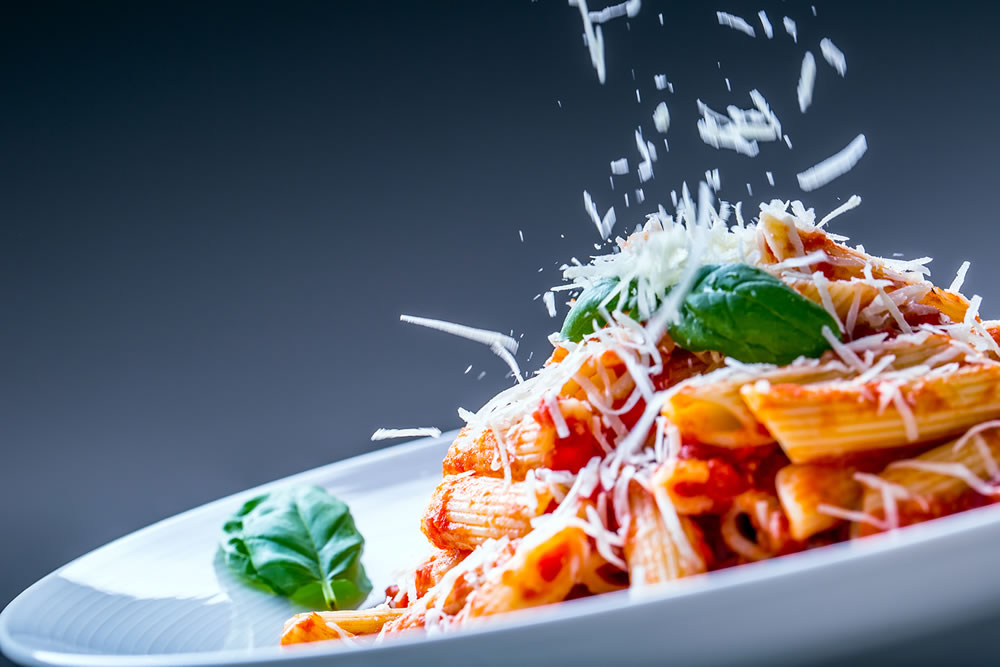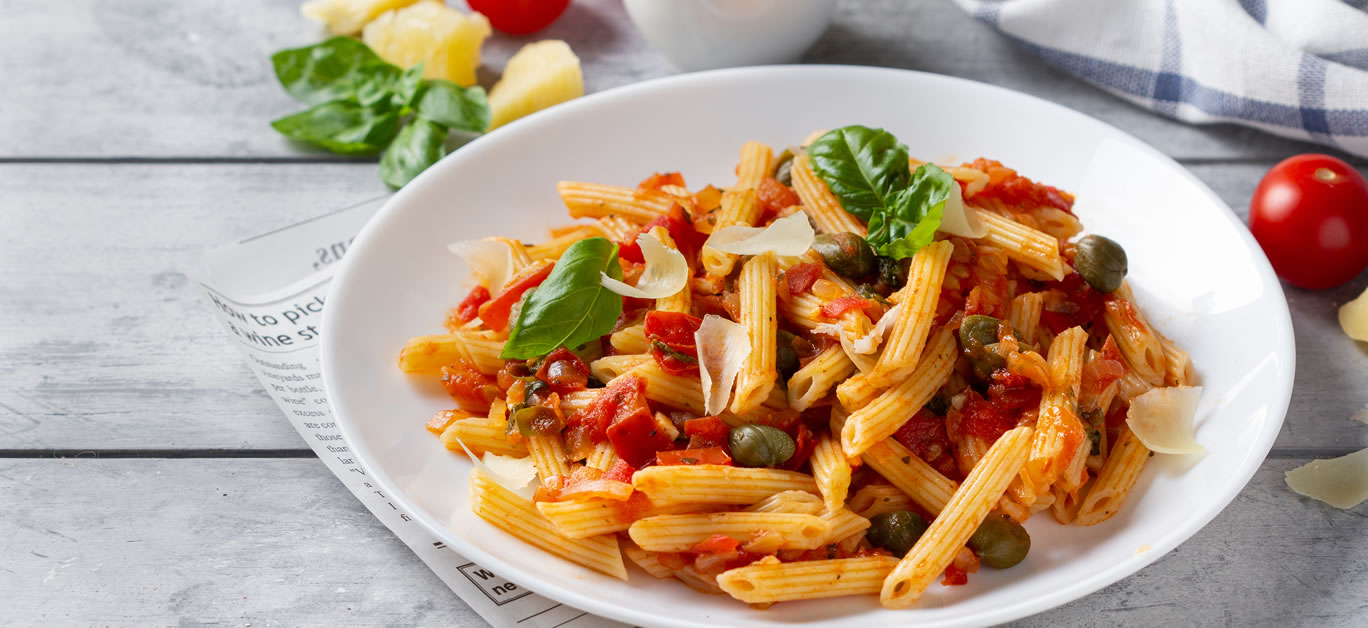Pasta is an international dish of happiness; it is versatile enough to be loved by everyone which makes it a staple meal in many households. Whether you want your spaghetti dripping in homemade tomato sauce or a creamy, rich seafood linguine, the options are endless.
The formula for cooking pasta seems straightforward, water + pasta, right? Unfortunately, sometimes the simplest of recipes can be the hardest to master perfectly, you need to pay attention to the details.
Pasta can become stuck together, too hard in the centre or too mushy so the sauce doesn’t stick correctly. Whilst some people would add salt to their water, others do a cold-water rinse at the end – so which method should you be following? To help you achieve pasta perfection, Guido Pedrelli, founder of Nonna Box, has detailed everything you need to know.
1. Fill your pot properly
When you fill up your pot ensure you use cold water as hot water dissolves pollutants more quickly than cold. Use enough cold water to fill your pot so that when it begins to cook and expand there will still be enough room for the pasta to freely move. You need enough water to balance the heat once the pasta is added. The rule is at least three litres of water to every 250g of pasta.

2. Salt the water
Now, do you add salt or oil to the water? The answer is always salt, this is to add a flavour! The salt should be added just as the water is coming to a boil, while the pasta is cooking it absorbs the salt which adds an extra wow to your finished meal. The water needs to ‘taste like the sea’ for the ultimate flavour. To get the perfect saltiness use around 1tbsp. of salt per quarter of water.
3. Avoid the oil
Olive oil is added by many to prevent the pot from over boiling and avoid the pasta sticking together but this does more harm than good! Oil can prevent the sauce from sticking to the pasta and as it’s less dense than water, it creates a layer across the top of the water. When it comes to draining the pasta, it is poured through the layer which results in a fresh coat of oil on your pasta.
4. Wait for the boil
If you’re making your dinner with a hungry stomach, it can be easy to be impatient and throw the pasta in before the water has been boiled. But waiting that extra few minutes until the water is boiling with big bubbles can be the difference of al dente or mushy pasta. The moment you put your pasta in the water affects the texture of the final dish and waiting for the boil will help to time your pasta perfectly. As soon as your drop in your pasta, stir well and throughout the cooking process.

5. Taste test
You can follow the timing of your pasta via the instructions on the box, but the best indication is by taste. Start tasting the pasta at 15-20 second intervals from a minute or two before you think the pasta might be ready. If you are adding sauce to your pasta you should drain the pasta at around 4 minutes before you think it is ready, add it into the sauce and then let it finish it cooking until al dente. This should be used only if you have the perfect amount of sauce to pasta.
6. Save some pasta water
Pasta water is a great bonus to your sauce. Add around ½ cup full of water to your sauce before adding it to the pasta. The starchy water adds flavour but also helps to stick the pasta and sauce together, providing extra thickness. The process of draining can affect your texture too, if cooking pasta like spaghetti or linguini use tongs to transfer the pasta from the water to the sauce for it to stick together quickly. With shorter pasta such as penne, use a colander in the sink. Be quick with this as you don’t want your pasta to sit and dry off, the starches will firm up and your pasta will stick together.
7. Don’t rinse
Rinsing your cooked pasta can throw all your hard work away, much like adding oil, it can prevent the sauce and pasta from mixing perfectly. The starch on the surface contributes to the flavour and helps the sauce to form, if you rinse your cooked pasta then you rinse away the starch.

8. Half cooked
If the pasta is going to cooked again, such as in a baked dish like macaroni cheese then give it half the usual cooking time. This allows time for it to cook in the oven, so it won’t be overcooked and hard.
9. Healthiness
The way that pasta is cooked affects its healthiness, for the healthiest and tastiest way you should cook the pasta al dente, this means ‘to the tooth’ or ‘to the bite’. If your pasta is overcooked then the GI index will rise, so the al dente pasta is digested and absorbed slower than mushy pasta which has been overcooked.
10. Add pasta to the sauce
Always have your sauce prepared before you cook off your pasta, the pasta cooking should be your last step. Keep your sauce warm in a large, wide saucepan which is big enough to add your pasta to, add immediately after its been cooked and drained.






















